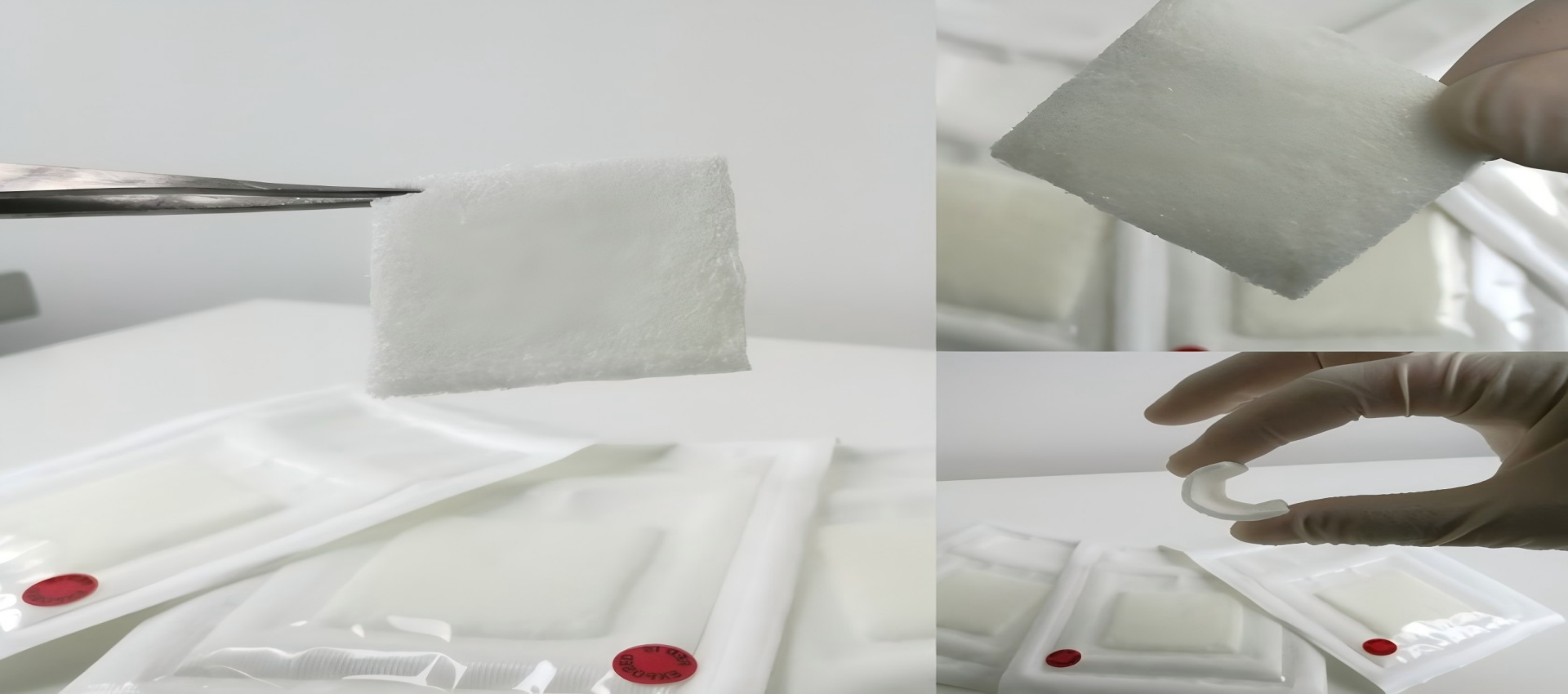
Methyl Hydrogen Silicone Fluid Factory

Methyl Hydrogen Silicone Fluid
Everything you need to know about our products and company
Methyl hydrogen siloxane serves as a innovative processing aid that enhances both the efficiency of leather manufacturing and the quality of finished products. This reactive silicone fluid improves leather softness and flexibility through effective fiber lubrication and molecular-level modification. Its unique chemical properties enable superior water resistance and durability while maintaining the material’s natural breathability.
The additive promotes more uniform dye distribution and enhances color fastness, reducing material consumption while ensuring consistent appearance. Compatible with various tanning systems, it demonstrates excellent thermal stability throughout processing stages. By enabling reduced processing temperatures and chemical usage, methyl hydrogen siloxane supports sustainable leather production while delivering high-performance results.
This advanced material provides leather manufacturers with an effective solution for creating premium products that meet evolving market demands for quality, comfort, and environmental responsibility.
Basic Product Information
TYPICAL PROPERTIES
| Appearance | colorless transparent liquid |
| Viscosity (25℃),mm2/s | 20-250 |
| H% (wt) | 0.04-1.45 |
| Volatile content(150℃,3h),% | ≤11 |
For more specifications,Please email us for detail

Physical Properties
Low viscosity (50–500 cSt), high temperature resistance (-30°C to 200°C), and excellent spreadability.
Chemical Properties
Features reactive Si-H bond structures, capable of forming durable functional films on fiber surfaces through crosslinking reactions.
Certified by OEKO-TEX® Standard 100 and REACH, non-toxic and environmentally friendly.
Product Functions
Applications
Core Advantages
| Advantage | Performance | Test Standard |
| Superior Water Resistance | Dynamic Water Resistance ≥72 hours | ISO 5404 |
| Ultimate Softness | Bending Stiffness Reduced by 40% | IUP 20 |
| Enhanced Abrasion Resistance | Martindale Test ≥50,000 cycles | ISO 12947 |
| Anti-Yellowing | QUV Aging 500h ΔE<1.5 | ISO 105-B02 |
| Eco-Safe | Free from APEO, PFOS, and Harmful Substances | ZDHC MRSL 3.0 |
Market Value
Core Drivers of Market Value
Hydrogen-containing silicone oil demonstrates significant market value in the leather processing industry due to its excellent softness, hydrophobicity, thermal stability, and chemical modifiability, primarily reflected in:
Market Size and Growth Trends
Competitive Advantages
Future Growth Points
Experimental Data & Case Studies
High-End Shoe Upper Leather Applications
Test Data:
Dynamic Water Resistance: 84 hours (untreated leather: 8 hours)
Flex Resistance: 100,000 cycles without cracking (ASTM D2097)
Success Case:
Adopted by an international sports brand for football shoe series, achieving a 30% price premium.
Automotive Interior Leather Treatment
Key Metrics:
Abrasion Resistance: 50,000 cycles with color fastness grade 4-5
VOC Emissions: <50 μg/m³ (far below industry standards)
Representative Client:
A global Top 3 automotive seat supplier (TS16949 certified).
Luxury Handbag Leather Finishing
Handfeel Rating: 6.5 (conventional treatment) vs. 9.2 (hydrogen-containing silicone oil treatment)
Water Resistance Grade: Grade 3 (conventional) vs. Grade 5 (silicone oil treatment)
Maintenance Cycle: 2 months (conventional) vs. 6 months (silicone oil treatment)
Preparation Methods, Core Technologies & Precautions
Preparation Methods
Raw Materials: Co-hydrolysis of methyl hydrogen dichlorosilane (MeHSiCl₂) and dimethyldichlorosilane (Me₂SiCl₂)
Process Characteristics:
Toluene/water two-phase system, temperature controlled at 40–60°C
Acid catalyst (sulfuric acid) dosage: 0.5–1.5%
Molecular weight adjustment via hydrolysis time control (4–8h)
Raw Materials: D4 (octamethylcyclotetrasiloxane) and DH4 (methyl hydrogen cyclotetrasiloxane)
Process Optimization:
Using tetramethylammonium hydroxide (TMAH) as catalyst
Reaction temperature: 80–100°C
Vacuum dehydration (<100Pa)
Modified Processes (Functional Products):
Epoxy Modification: Introducing epoxy groups to enhance bonding with leather fibers
Amino Modification: Enhancing antibacterial properties
Polyether Modification: Improving water solubility for water-based leather coatings
Core Technical Breakthroughs
Nitrogen protection process applied
Antioxidant (BHT) added at 0.1–0.3%
Si-H content controlled at 0.5–1.0%
Narrow molecular weight distribution control
Supercritical CO₂ extraction and purification
PDI (polydispersity index) controlled at 1.05–1.15
Development of platinum catalyst system
Crosslinking temperature reduced to 80–100°C (traditional: 120–150°C)
Suitable for heat-sensitive leather
HLB value regulated at 8–10
Particle size controlled <100nm
Stability >6 months
Precautions
Packaging & Ordering
Packaging: 200kg/1000kg plastic drums (customizable).
Our most popular products loved by customers worldwide
Methyl hydrogen siloxane serves as a multifunctional additive that significantly improves processing characteristics and final properties in silicone rubber applications. This specialized silicone fluid features reactive Si-H groups that enable efficient cross-linking through hydrosilylation reactions with vinyl-functionalized silicone rubbers. .
Medical-grade Methyl hydrogen siloxane serves as a versatile functional material in healthcare applications, combining high purity with reactive Si-H groups for enhanced performance. This specialized silicone fluid enables precise cross-linking in implantable devices, provides controlled drug release matrices, and creates anti-fouling surface coa.
Methyl hydrogen siloxane serves as a versatile functional additive in personal care products, leveraging its unique Si-H reactivity and silicone properties to deliver enhanced performance across various applications. This specialized material acts as an effective cross-linker in hair care products, creating durable yet flexible films that provide.
Methyl hydrogen siloxane serves as a innovative processing aid that enhances both the efficiency of leather manufacturing and the quality of finished products. This reactive silicone fluid improves leather softness and flexibility through effective fiber lubrication and molecular-level modification. Its unique chemical properties enable superior .